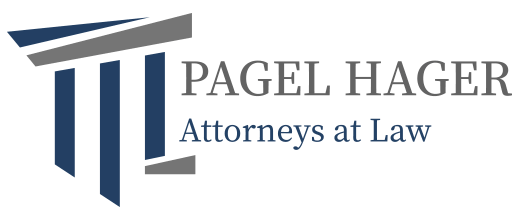Oftentimes, vehicle collisions are the fault of multiple parties, not just one. Say that the operators of two cars are involved in a crash and both are partially to blame for what happened. How will the division of fault affect compensation for damages?
Every state has a law that addresses negligence and compensation. They typically follow one of several types of rules. North Dakota follows a version of the modified comparative fault rule. It’s also known as the 50% rule because one driver must be assigned less than 50% of the fault to receive any compensation from other liable parties.
How it works
Say that one driver is determined to be 80% at fault and the other driver 20% at fault. The driver with the lesser percentage of fault is the one entitled to receive compensation. However, whatever the amount of compensation they’re owed will be reduced by 20% of what they’d get if the other driver had been 100% to blame.
What effect does the no-fault insurance system have on compensation?
Unlike most states, North Dakota has a no-fault insurance law. The law requires car owners to first use their own insurance policy for compensation for medical bills and other economic damages up to $30,000. The law also limits people’s ability to bring a lawsuit against an at-fault driver.
While the no-fault law is another wrinkle that can make things confusing for those involved in collisions, it can still be worthwhile to determine precisely what happened in a crash before engaging in insurance negotiations or committing to legal action. Every case is unique and requires a tailored approach to secure a just outcome.
Determining fault
There are a number of tools available to determine what factors contributed to a collision. Vehicle software can show how fast a car was traveling. Phone records can show whether someone was texting or otherwise doing something on their phone. Street and business surveillance cameras and homeowners’ security cameras and even Ring doorbells can catch the moments leading up to the crash and the crash itself. Of course, witness statements and police reports are always important when it comes to determining causation and fault for a crash as well.
If you’re recovering from injuries suffered as a result of a collision, it can help to have experienced legal guidance to protect your right to fair compensation. Whether you are blameless or somewhat at fault, others whose negligence contributed to your harm may owe you compensation at this time.
